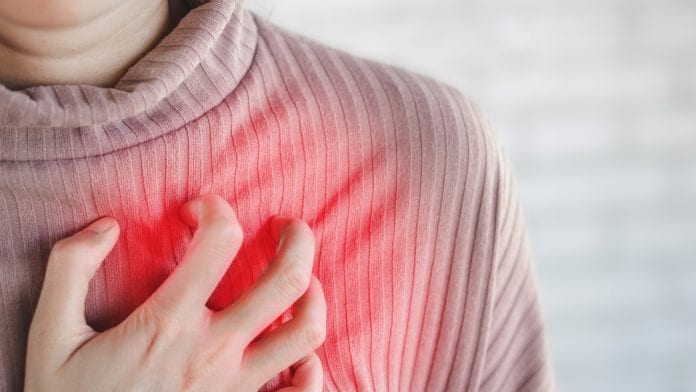
A mechanism has been identified which protects the brain from the effects of hypoxia – a potentially deadly deprivation of oxygen. The discovery could aid the development of new treatments for brain injuries from both heart attacks and strokes.
The discovery was made accidentally by researchers at Massachusetts General Hospital (MGH) when developing techniques for inducing suspended animation – putting a human’s vital functions on “hold” to then “reawaken” them later, which is similar to what mammals experience during hibernation.
Fumito Ichinose, MD, PhD, physician in the Department of Anesthesia, Critical Care, and Pain Medicine at MGH, and principal investigator in the Anesthesia Center for Critical Care Research, believes safely induced suspended animation could have valuable medical applications, such as pausing the life processes of a patient with an incurable disease until an effective therapy is found.
The findings have been published in Nature Communications.
Hydrogen sulfide
In 2005, a study found that inhaling a gas called hydrogen sulfide – which smells like rotten eggs and is otherwise known as “sewer gas” – caused mice to enter a state of suspended animation. Oxygen deprivation in a mammal’s brain leads to increased production of the gas, which then accumulates in the tissue – halting energy metabolism in neurons and causing them to die. This oxygen deprivation is a hallmark of ischemic stroke and other injuries to the brain.
For the study, Ichinose and his team initially set out to learn what happens when mice are exposed to hydrogen sulfide repeatedly, over an extended period. At first, the mice entered a suspended-animation-like state which saw a drop in their body temperature and cause immobility.
Ichinose said: “But, to our surprise, the mice very quickly became tolerant to the effects of inhaling hydrogen sulfide. By the fifth day, they acted normally and were no longer affected by hydrogen sulfide.”
The mice that became tolerant to hydrogen sulfide were also able to tolerate severe hypoxia.
Protection from hypoxia
The team suspected that what protected the mice from hypoxia was enzymes in the brain that metabolise sulfide.
They found that levels of one enzyme, called sulfide:quinone oxidoreductase (SQOR), rose in the brains of mice when they breathed hydrogen sulfide several days in a row, hypothesising that SQOR plays a role in this hypoxia resistance.
The team found evidence for this hypothesis in nature: female mammals are known to be more resistant than males to the effects of hypoxia, and have higher levels of SQOR. When SQOR levels are artificially reduced in females, they become more vulnerable to hypoxia – estrogen may be responsible for this observed increase as protection from hypoxia is lost when a female mammal’s estrogen-producing ovaries are removed. Hibernating animals, such as the thirteen-lined ground squirrel, are also highly tolerant of hypoxia and a typical ground squirrel’s brain has 100 times more SQOR than that of a similar-sized rat. The team found that, when they “turned off” the squirrels’ expression of SQOR in their brains, protection against the effects of hypoxia vanished.
Ichinose said that in the mouse model the animals developed a robust defence against hypoxia. The team increased the level of SQOR using gene therapy. They demonstrated that “scavenging” sulfide using an experiment drug called SS-20 reduced levels of the gas and spared the brains of mice when they were deprived of oxygen.
Contrastingly, human brains have very low levels of SQOR.
Ichinose said: “We hope that someday we’ll have drugs that could work like SQOR in the body. For some patients, treatment with a sulfide scavenger might be lifesaving.”
These kinds of medications could be used to treat ischemic strokes, as well as patients who have suffered cardiac arrest, which can lead to hypoxia.







